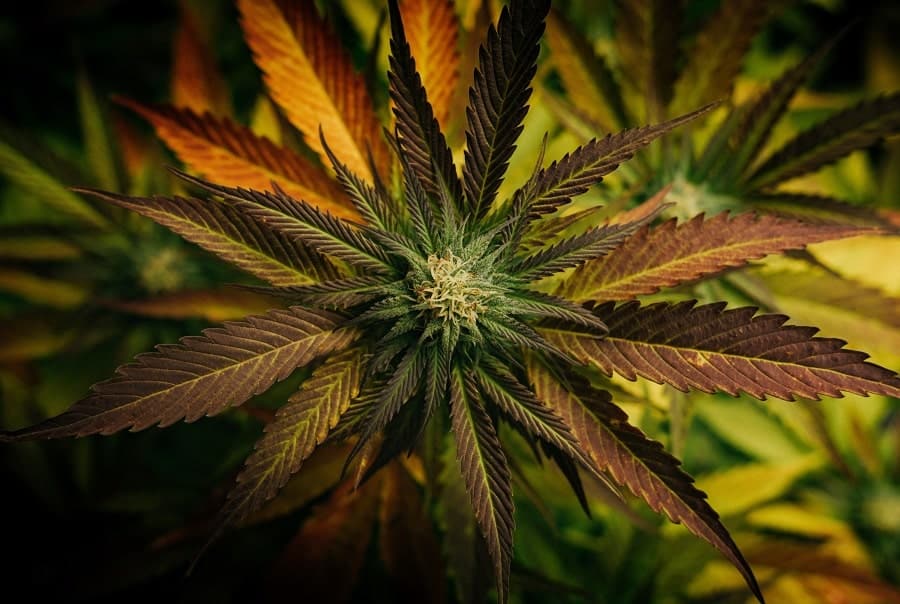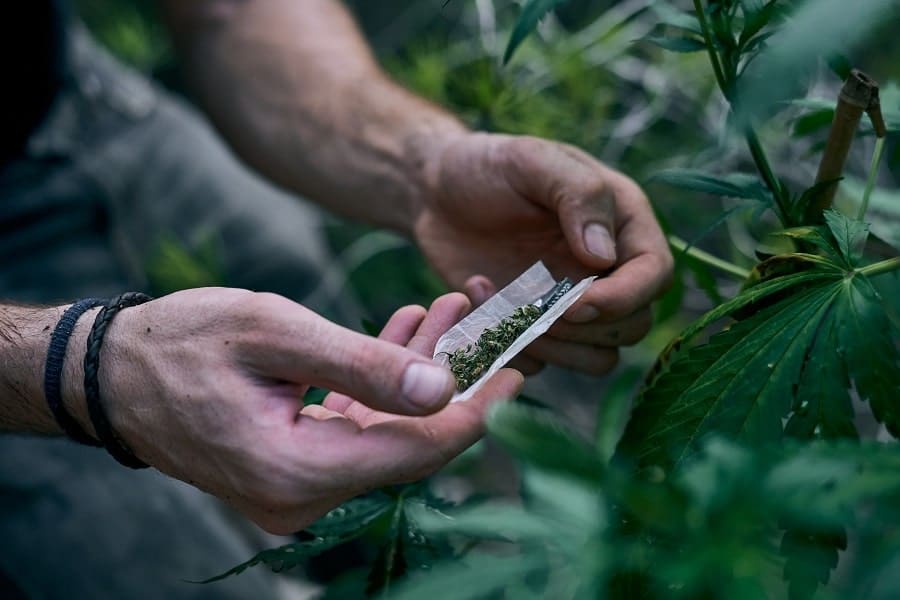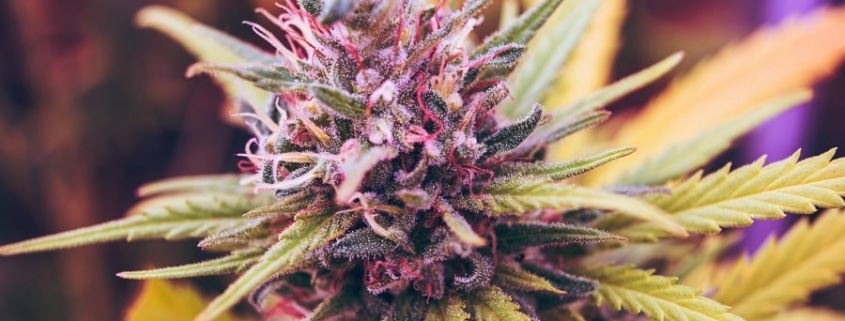The History of Marijuana: When Was Cannabis Discovered
Cannabis is one of the most talked-about plants in the world, widely-renowned for its medicinal properties, as well as its recreational uses. It’s been cultivated and utilized throughout history, going back thousands of years. But when was marijuana discovered, and how did it spread across the globe as the years went by? Read on for a complete guide to the history of marijuana.
History of Marijuana
Since marijuana is such a big part of modern culture, some people make the mistake of assuming that this plant was only recently discovered. In reality, the history of marijuana is a long story, dating back thousands of years and spanning various eras and civilizations. It’s an extraordinary tale, beginning in Ancient China and culminating in today’s modern discussions about cannabis laws and medical marijuana.
When Was Marijuana Discovered
To find out about the origin of marijuana, we have to go back thousands of years. Some experts believe that the plant itself originated around 10,000 BC, evolving around Central Asia and perhaps even being cultivated for the first time. We also know that some of the earliest fabrics, dating back to around 7,000 BC, were woven from hemp, which is a variety of the cannabis plant, and cannabis seeds were consumed as food in China as far back as 6,000 BC.
It was also in Ancient China that the plant was first used for medicinal purposes. In fact, according to the earliest traces and pieces of evidence that historians have been able to identify, medical marijuana was being used as far back as 2700 BC. Then, the so-called “Father of Chinese Medicine”, Emperor Shen Nung, wrote about the plant’s usefulness in treating various ailments and illnesses.
As the years went by, marijuana usage spread beyond China’s borders. It was used in other Asian nations, like Korea and India, eventually making its way to Africa. Early records show that it was being used to deal with anxiety and stress. Later on, in Ancient Egypt, papyrus scrolls have been found that show the plant was being used to deal with inflammation.
As the years went by, cannabis spread further. It started to be grown in parts of Europe around 500 BC, and cannabis was talked about as a medicinal plant in Ancient Roman literature around 70AD. Then, around the end of the first millennium, cannabis use spread across the Middle East, and the recreational use of marijuana started in Europe in the 13th century. Later, it spread further, to places like South Africa, and eventually, to the United States.

How Did Marijuana Get to the United States?
These days, the US is a major market for all sorts of cannabis products, but at which stage of the history of cannabis did the plant first arrive on American shores? Well, it is believed that the plant first came to America in the 15th century, brought by Spanish invaders. Hernán Cortés and his men brought the hemp plant to North America in the 16th century, and it was grown successfully across the land.
Interestingly, in 1611, a royal decree was issued to the colonists in places like Jamestown, Virginia, instructing them to grow hemp on their land. It was a highly prized plant at the time, used for making fibers that could be turned into rope, clothing, and more. Around the same time, African slaves also brought cannabis with them to South America, and the plant’s usage spread all across the Americas in the years that followed.
Medical and Recreational Marijuana
It was in the 19th century that cannabis usage took off across the United States, and this was also the time that Americans were introduced to the concept of medicinal marijuana. The Irish doctor, William O’Shaughnessy, spoke about how the plant was being used in India to treat a range of ailments, and French psychiatrist Jacques-Joseph Moreau also began experimenting with the use of hash to treat mental health problems.
The work of these two men, among others, had a big impact on the usage of marijuana in Western medicine. Their studies and experiments showed that cannabis could be useful for dealing with many different issues, and it didn’t take long for major companies to start making and selling cannabis-based medicines across the US and Europe. However, this came to a stop when cannabis was outlawed.
Criminalization of Marijuana in the United States
In the 20th century, attitudes toward cannabis started to change. Certain newspapers began to stoke fears about the plant, attributing negative connotations to its usage. A moral movement began to build against the drug, leading to it being outlawed in the state of Utah by 1915, and in every other state by 1930.
In 1937, the Marijuana Tax Act was also introduced, which criminalized possession of the drug. This heavy legal control of marijuana use and growth continued throughout the 20th century, and cannabis was classified as a Schedule 1 drug as part of the Controlled Substances Act under President Nixon’s “War on Drugs” in the 70s.

State-Level Legalization History of Cannabis in the United States
These days, things have started to change for marijuana. It’s still technically prohibited by federal law, but individual states have started to change their laws to allow the growth and usage of the plant. Cannabis laws in California were some of the first to ease, and California was the first state to legalize the plant for medical use in 1996, followed by several other states in the years that followed.
However, it wasn’t until 2012 that Colorado and Washington became the first states to legalize recreational marijuana, paving the way for other states to follow suit. After that, many other states, from Colorado to Alaska, legalized cannabis, allowing marijuana dispensary locations to open up. While the legality of cannabis at the federal level remains a contentious issue, many states have taken steps to legalize or decriminalize the drug, reflecting changing attitudes towards its use and potential benefits.
Medical Cannabis in Modern Times
Recent polls and surveys show that more and more Americans support the legalization of marijuana as a potential treatment for a variety of health conditions, with some going further and suggesting it should be legal to smoke CBD in public and use cannabis products recreationally, too. Cannabis contains compounds known as cannabinoids, which interact with the body’s endocannabinoid system to produce various effects.
Cannabinoids like THC and CBD have been studied for their potential therapeutic benefits, including pain relief, nausea and vomiting reduction, and appetite stimulation. In many states and countries, medical cannabis is now legal for certain conditions, such as chronic pain, epilepsy, multiple sclerosis, and cancer-related symptoms.
However, while some studies have shown promising results, the research on medical cannabis is still limited, and more studies are needed to determine its safety and effectiveness. Additionally, the legal and regulatory landscape surrounding medical cannabis varies widely from place to place, creating challenges for patients and healthcare providers seeking to access or prescribe it. Despite these challenges, medical cannabis continues to generate interest and support from patients, advocates, and researchers alike.
Throughout history, cannabis has played a role in medicine, religion, recreation, and industry, and has been both celebrated and demonized by various cultures and societies. Today, cannabis remains a complex and controversial topic, with ongoing debates over its legality, safety, and potential benefits and risks. Despite these debates, one thing is clear: cannabis has had a profound impact on human history and continues to shape our world today.
In any case, a lot of states have introduced laws to allow for medical marijuana usage, and the plant is being used to help in the treatment of various conditions, from cancer to anxiety. If you’d like to know how to get an MMIC card in CA or have other questions about medical marijuana, contact us today.




